Coffee culture in Canada has undergone a significant shift over the past few decades. Many beloved coffee shops and smaller chains once filled street corners, mall food courts, and local plazas, only to vanish quietly as competition increased and habits evolved. Some closed due to rising rents, others merged into bigger corporations, and many simply faded without notice. Here are 22 Canadian coffee shops that disappeared without a trace.
Marvellous Mmmuffins
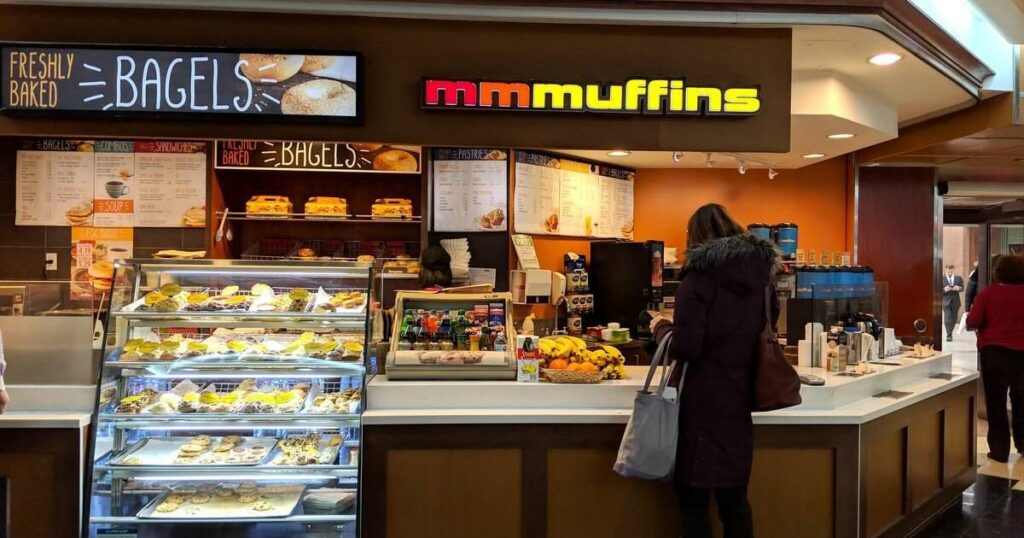
Launched in 1979, Mmmuffins became a go-to café chain in malls across Canada, offering muffins and coffee to busy shoppers. It reached over 130 stores at its height, but changing food trends and shrinking mall traffic led to a steady decline. By 2019, only a couple of stores were left, and the brand was quietly phased out by 2020. For years, its bright orange logo was part of the urban landscape. Today, those storefronts are gone, and its once-familiar aroma of baked goods and coffee lingers only as a nostalgic footnote in Canada’s café history.
Mondragon Bookstore & Coffeehouse
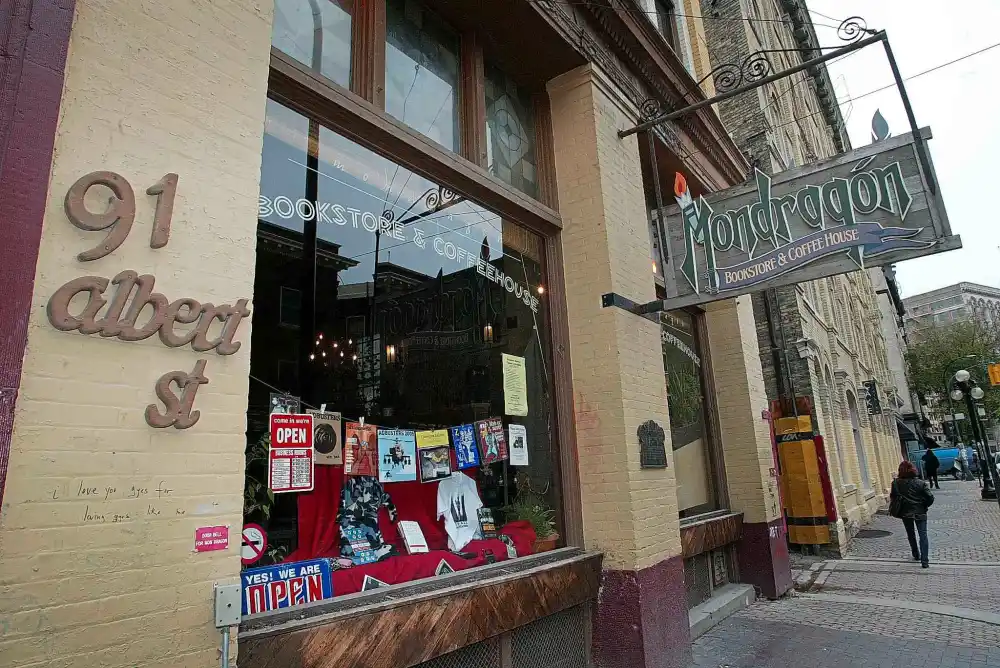
Opened in 1996 in Winnipeg’s Exchange District, Mondragon combined vegan food, books, and activism in one cooperative-run café. It became a gathering place for progressive voices and students seeking affordable, ethical meals. The co-op model, while admirable, struggled with profit margins and rising costs. By January 2014, the café shut down permanently after nearly two decades. Its closure left a noticeable cultural gap in the city. For many locals, Mondragon wasn’t just a café; it represented community-driven ideals that were hard to sustain in a competitive market dominated by franchised coffee chains.
Timothy’s World Coffee
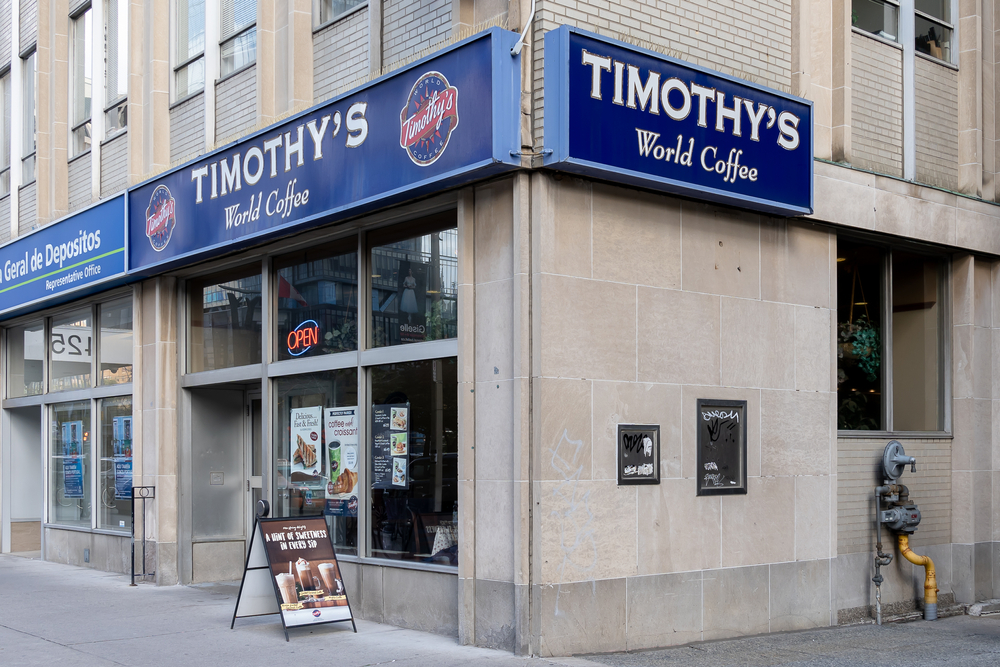
Founded in 1975 in London, Ontario, Timothy’s was once a respected Canadian coffeehouse brand known for its international roasts and cozy urban feel. The chain expanded aggressively across malls and airports but eventually suffered from overextension and competition. It was bought by Green Mountain Coffee Roasters, shifting focus from cafés to packaged products and K-Cups. Many storefronts were closed quietly, especially during the 2010s. While the brand name still appears on supermarket shelves, its physical coffee shops have almost entirely vanished, ending what was once one of Canada’s most recognizable café experiences.
Second Cup (Declining Locations)

Second Cup once stood as the country’s largest Canadian-owned coffee chain, rivaling Starbucks during its peak. Established in 1975, it became known for its cozy atmosphere and community focus. However, changing consumer preferences and intense market competition caused hundreds of locations to close. Many cafés quietly disappeared from malls and busy intersections where they had once been local meeting spots. The brand shifted its focus to new business models and rebranding efforts. Although Second Cup technically still exists, its shrinking footprint has made it feel like a brand that disappeared in plain sight.
JJ Bean (Ontario Closure)

Vancouver’s JJ Bean Coffee Roasters built a strong local following for its quality beans and sleek spaces. When it expanded to Toronto in 2016, success seemed likely, but by 2023, all Ontario locations closed. Rising costs, tough competition, and differing market dynamics made expansion unsustainable. The closures happened quietly, with many customers unaware until storefronts were empty. While JJ Bean remains active in British Columbia, its disappearance from Ontario highlights how even popular regional coffee brands struggle to thrive beyond their home base in Canada’s increasingly consolidated café scene.
Bridgehead (Independent Era Over)
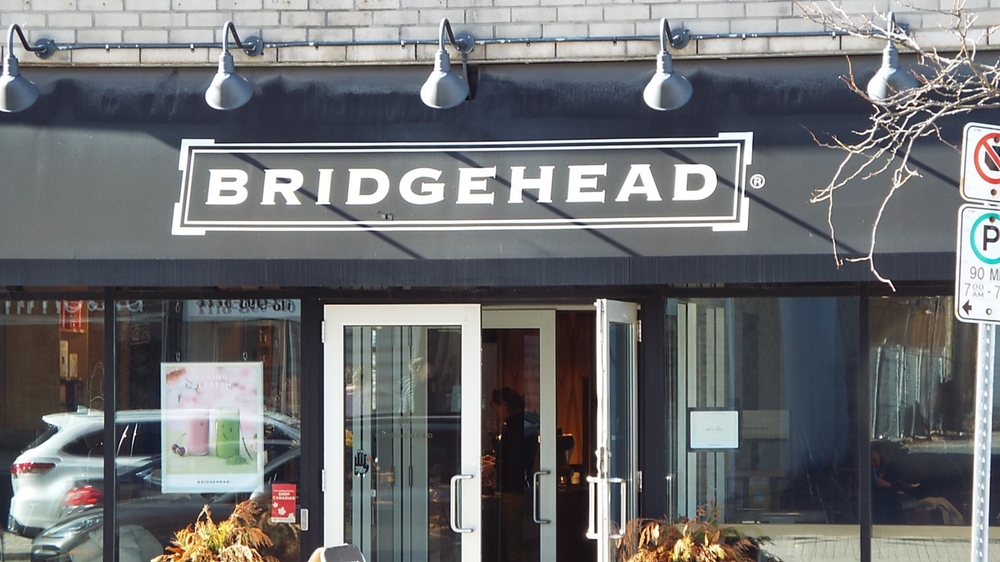
Bridgehead began in Ottawa as a fair-trade coffee pioneer, opening its first café in 2000. It quickly built a loyal following for its ethical sourcing and community feel. In 2019, Aegis Brands, the parent company of Second Cup, acquired Bridgehead, marking the end of its independence. While stores continue to operate, the brand has lost its local ownership identity, which many customers valued. Bridgehead’s transformation from a grassroots success story to a corporate subsidiary represents another subtle disappearance, one where a beloved local chain still exists physically but no longer feels the same to its loyal patrons.
Coffee Time
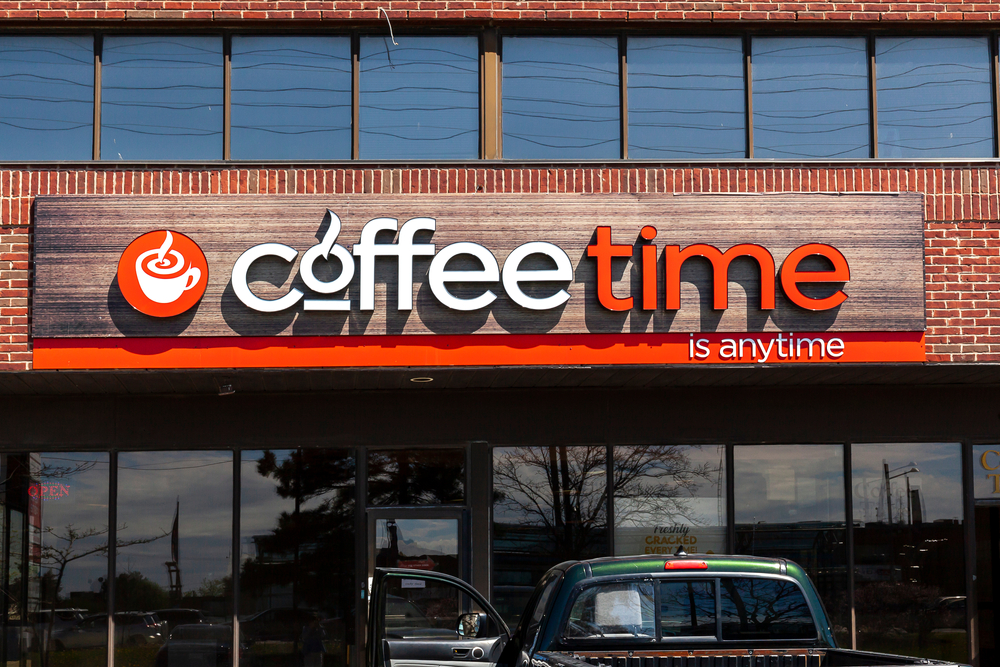
Once a familiar sight across Ontario, Coffee Time thrived during the 1980s and 1990s as a convenient and affordable alternative to bigger players. Known for simple donuts, sandwiches, and hot coffee, it became a working-class staple. Over time, however, its locations dwindled due to aging interiors, inconsistent quality, and the rise of modern cafés. Many franchises closed or rebranded without major announcements. By the mid-2010s, Coffee Time had almost disappeared from city centers, surviving only in a few suburban pockets. Its quiet retreat from the market left little trace beyond faded signage and nostalgia.
Java Joe’s

Java Joe’s was a small café chain offering freshly roasted beans, baked treats, and relaxed interiors during the late 1990s and early 2000s. It aimed to blend local charm with franchise consistency but couldn’t keep pace with larger competitors. Many of its locations closed quietly as leases expired and owners moved on. The brand’s decline reflected a broader struggle among smaller franchises trying to balance independent character with national scalability. Once a favourite lunch spot for students and office workers, Java Joe’s gradually vanished, leaving behind only vague memories of its cheerful branding.
Coffee Time Donuts & Espresso Bars

Distinct from mainstream donut chains, Coffee Time Donuts offered a mix of espresso drinks and baked goods that once defined suburban plazas. It tried to rebrand as “Coffee Time Donuts & Espresso Bars” to appear more modern, but the makeover failed to capture new customers. Many shops closed quietly or converted into independent cafés. The combination of outdated branding and stiff competition proved too much. Once a recognizable neighborhood chain, it now exists mostly in memory, its red-and-white signage long removed from storefronts that used to serve early-morning commuters.
Country Style

Launched in 1963, Country Style grew into one of Canada’s first nationwide coffee-and-donut chains. For decades, it rivaled Tim Hortons in smaller towns and gas-station plazas. However, after multiple ownership changes and slow modernization, its stores began disappearing. Many were converted to independent coffee shops or merged with other convenience chains. While a few locations still exist under franchising agreements, the vast majority have closed. Country Style’s long decline shows how established brands can quietly fade when they fail to reinvent themselves for modern café culture focused on espresso and social-media-driven ambience.
Robin’s Donuts (Urban Retreat)

Robin’s Donuts began in Thunder Bay in 1975 and expanded across Canada, competing directly with Tim Hortons. It’s simple, affordable coffee attracted loyal regulars, but aging stores and stronger competition caused closures through the 2000s. Although a few locations remain in smaller towns, most urban outlets are gone. Its quiet disappearance from major cities went largely unnoticed as newer cafés and boutique roasters took over. Once a thriving Canadian franchise, Robin’s Donuts now exists mostly in regional pockets, its presence so limited that many assume the brand is entirely defunct.
Coffee Mill (Toronto)

Opened in Yorkville in 1963, The Coffee Mill was a Toronto institution known for its Hungarian pastries and strong European coffee. It attracted writers, artists, and professionals who considered it a second home. After more than fifty years, the café closed in 2014 due to high rent and redevelopment in the neighbourhood. Its closure marked the end of an era for Yorkville’s independent dining scene. Though small compared to national chains, The Coffee Mill represented a generation of community-driven cafés that vanished quietly amid Toronto’s rapid transformation into a luxury commercial district.
Java U

Founded in Montreal in 1996, Java U brought an urban-European café vibe to Quebec’s coffee scene. It once had dozens of outlets and even expanded internationally. Over the years, competition, high rents, and changing tastes eroded profits. The pandemic accelerated closures, and by 2023, only a handful of cafés remained. Many franchisees exited quietly, and several former storefronts now house bubble-tea or bakery chains. For many Montrealers, Java U was a symbol of the 2000s café era, now mostly erased, leaving only takeaway cups and signage archived in online nostalgia groups.
Second Cup International (Franchise Decline)

Second Cup’s international wing once planned bold global expansion but collapsed under financial strain. By 2025, the division filed for creditor protection, leading to closures abroad and ripple effects across Canada. Although domestic stores continue, many international franchise ties have dissolved, resulting in a reduced brand influence. This retreat mirrored earlier domestic contraction. Entire clusters of cafés shut down quietly, especially in shopping centers and airports. For longtime customers, it felt like a disappearance of the brand’s global identity, proof that once-dominant coffee names can shrink to near invisibility within a single decade.
Coffee Lodge

Based primarily in Southwestern Ontario, Coffee Lodge combined cozy interiors with full menus, attracting families and travelers. For years, it competed well against national chains, but rising costs and inconsistent branding weakened the franchise network. Many locations closed between 2018 and 2022. Once recognized for its fireplace seating and fresh-ground coffee, Coffee Lodge disappeared from many towns where it had served as a community hub. Its decline showed how regional coffeehouses often vanish without fanfare, replaced by convenience stores or fast-food chains that lack the slower charm these cafés once offered.
Perk’s Coffee House
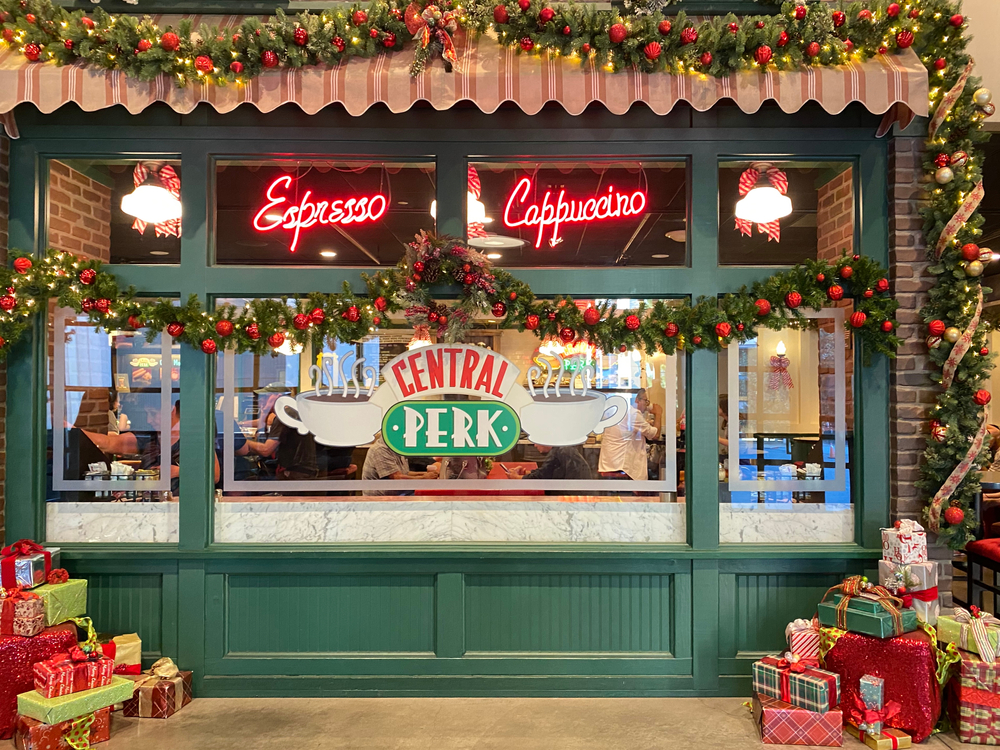
Perk’s Coffee House operated small café chains in Alberta and Saskatchewan during the late 1990s. Known for fair prices and homemade treats, it attracted loyal locals but never achieved national scale. As Starbucks and McDonald’s McCafé expanded, Perk’s couldn’t keep up with marketing and real-estate costs. Many of its franchises closed by 2010, leaving empty storefronts in small shopping complexes. Few traces remain online today beyond nostalgic mentions. Perk’s disappearance highlights the fragility of regional chains facing global competition in a market that rewards efficiency over slow-brewed community presence.
Baker Street Café Chains
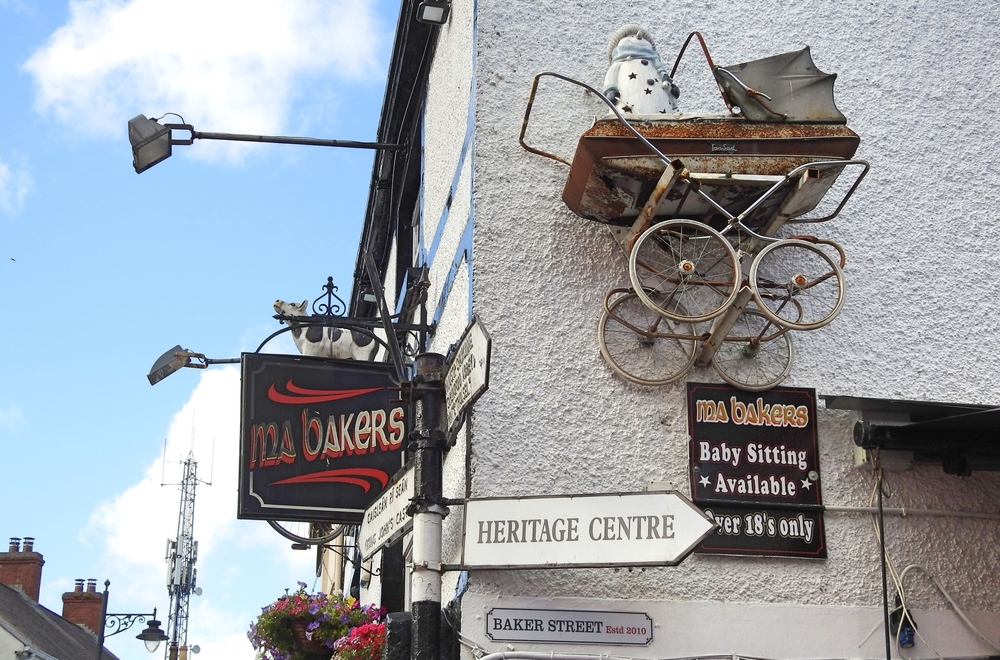
Various “Baker Street Café” locations operated independently across Canada, from Ottawa to Vancouver. They offered hearty breakfasts and coffee in a comfortable diner-style setting. Despite loyal customers, rising rents, and ownership changes, led to closures occurred over the 2010s. Many were replaced by brunch spots or franchises with modern branding. Their shared name confused, and none survived as a unified chain. Though unrelated, the collective disappearance of “Baker Street” cafés mirrors a wider trend: independently named small chains vanish quietly when landlords or developers repurpose long-standing neighborhood favorites into trendier eateries.
Java Hut
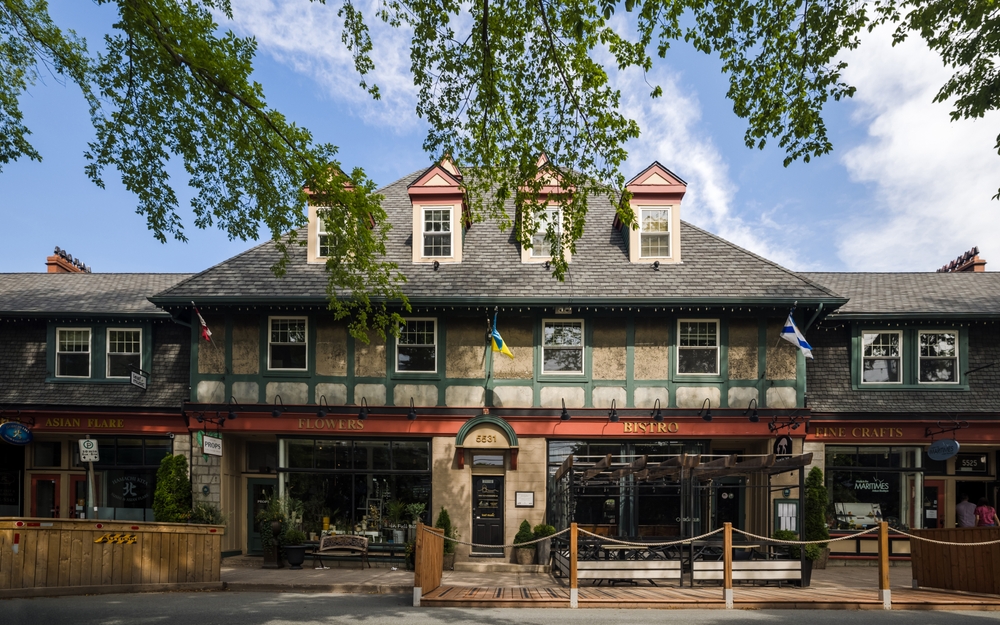
Popular in smaller Ontario cities in the early 2000s, Java Hut offered internet access and a laid-back atmosphere before cafés became Wi-Fi hubs. Students and freelancers often gathered there, but the rise of Starbucks and Second Cup overshadowed it. As leases expired and ownership changed, many locations shuttered. Without a strong brand or franchise backing, the chain vanished quickly. By 2010, almost every Java Hut location had closed, and its name slipped out of public memory. Its story shows how quickly early café innovators can disappear in a rapidly modernizing market.
Java Garden

Operating mainly in Saskatchewan, Java Garden specializes in locally roasted coffee and light meals. It stood out for friendly service and live-music nights that drew young crowds. However, low margins and inconsistent supply costs made sustainability difficult. A series of closures through the late 2010s left only a few outlets before the pandemic finished the remainder. Despite a dedicated base, the brand disappeared entirely by 2021. For many smaller prairie towns, its departure meant the loss of a rare independent café option beyond chain-store dominance.
Smitty’s Coffee Corner

An offshoot of Smitty’s family restaurants, this concept tested standalone coffee corners in the early 2000s. The goal was to attract morning commuters while promoting its breakfast brand. Despite promising starts in Alberta and Manitoba, it never gained traction. Within a few years, all standalone outlets closed. Many Canadians never realized the brand existed at all. Smitty’s refocused on its diner operations, leaving the coffee venture forgotten. It represents the kind of experimental spin-off café that quietly disappears from the market after failing to compete with specialized, design-forward coffee shops.
Espresso Post
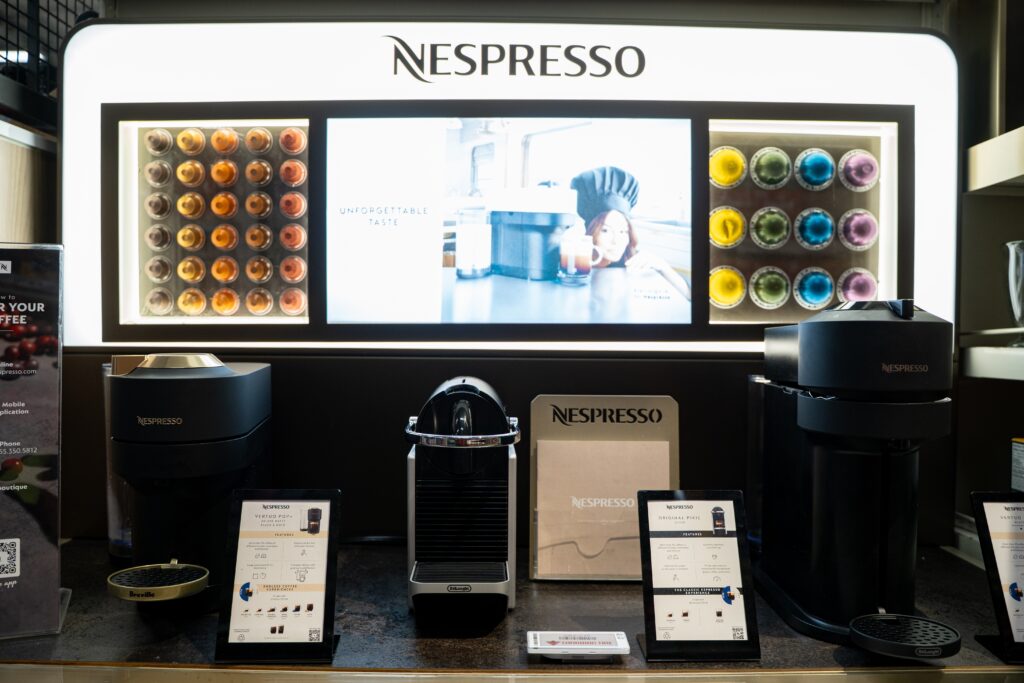
Located in Collingwood, Ontario, Espresso Post served as a community hub for nearly two decades, offering quality coffee and house-made pastries. Popular among locals and tourists alike, it symbolized small-town café culture done right. Rising property costs and pandemic disruptions led to its closure in the early 2020s. The building was later repurposed, leaving regulars nostalgic for its cozy patio mornings. Its story mirrors dozens of independent cafés that shut down quietly, proving that even beloved community staples can disappear when business pressures outweigh passion and foot traffic.
Steeps Tea and Coffee

Steeps started in Edmonton in 1999, offering both tea and coffee in a comfortable lounge setting. Its approachable style appealed to young professionals and university students. The chain expanded briefly but struggled with brand positioning as coffee culture shifted toward minimalist espresso bars. Several locations closed in the 2010s, and the last shops shut quietly a few years later. Its closure went largely unnoticed outside Alberta. Steep’s disappearance underscores how mid-sized regional cafés often vanish quietly, unable to survive between the extremes of niche independents and multinational coffee giants.
21 Products Canadians Should Stockpile Before Tariffs Hit

If trade tensions escalate between Canada and the U.S., everyday essentials can suddenly disappear or skyrocket in price. Products like pantry basics and tech must-haves that depend on are deeply tied to cross-border supply chains and are likely to face various kinds of disruptions
21 Products Canadians Should Stockpile Before Tariffs Hit